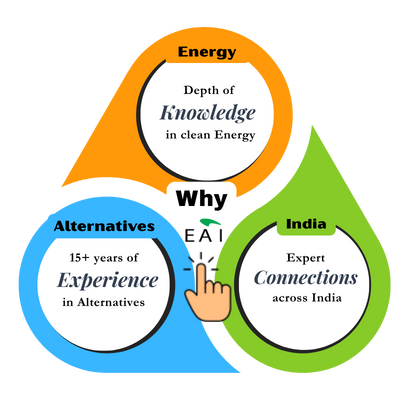Rolls-Royce and EasyJet performed tests for world’s first hydrogen-powered jet engine; aims to promote hydrogen for civil aviation use.
Here’s an article posted in The National News that talks about the ground test conducted by Rolls-Royce and easyJet.
According to the article,
- Rolls-Royce and easyJet completed the world’s first ground test of a hydrogen-powered jet engine.
- The test used green hydrogen produced by wind and tidal power generated in the Orkney Islands in Scotland.
- The engine used was a converted Rolls-Royce AE 2100-A aircraft engine.
Hydrogen fuel offers significant environmental benefits compared to sustainable aviation fuels (SAF) for the aviation sector:
- Hydrogen eliminates CO2 emissions in flight completely when used in fuel cells, and can be produced carbon-free. Considering non-CO2 emissions as well, hydrogen combustion could reduce the climate impact of flight by up to 75%, and fuel-cell propulsion by up to 90%.
- Hydrogen has a higher energy density per kilogram compared to traditional jet fuel and SAF. This means that hydrogen-powered aircraft could benefit from much larger ranges and payload capacities than electric aircraft or those using SAF.
- Hydrogen is a true zero emission solution to achieve zero CO2 and non-CO2 emissions, which could minimize the industry’s climate impact significantly. In contrast, SAF still produces some emissions.
- While SAF can help reduce aviation’s net-CO2 emissions, hydrogen-based propulsion will have a more dramatic impact. The latest estimates show hydrogen could account for 40% of all aircraft by 2050, with the remaining 60% using SAF.
However, there are also challenges with hydrogen that must be overcome:
Net Zero by Narsi
Insights and interactions on climate action by Narasimhan Santhanam, Director - EAI
View full playlist- Hydrogen has very low volumetric energy density, requiring large and heavy storage volumes which is a major limitation for aircraft.
- Extensive redesign and modification of existing aircraft is required to utilize hydrogen as a fuel source.
- Building new hydrogen production, delivery and refueling infrastructure at airports is challenging due to hydrogen’s high flammability.
So in summary, while hydrogen offers greater potential to eliminate emissions from aviation, significant technical hurdles around storage, aircraft design and infrastructure must be solved before it can be widely adopted. SAF provides a more near-term solution, but hydrogen has the most potential to radically decarbonize air travel in the long-term if the challenges can be addressed.
Interestingly, we have some other posts related to this content:
Liquid Hydrogen Flight Tests of H2Fly: Replacing Jet-A Kerosene – H2Fly successfully tests ground-based cryogenic fuel filling for liquid hydrogen aircraft flights, offering a zero-carbon alternative for long-distance air travel.





 Our specialty focus areas include
Our specialty focus areas include



